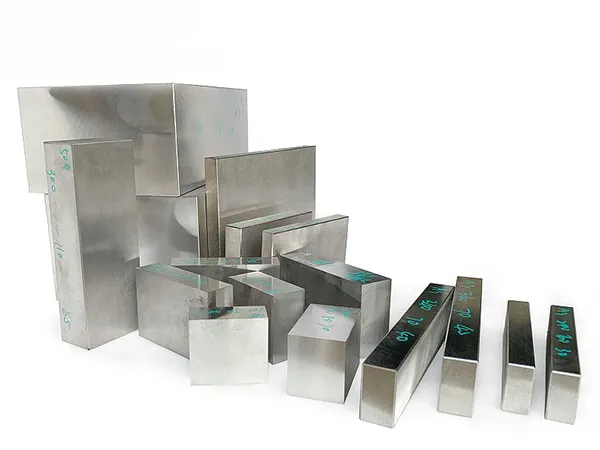Do you know how car shells or smartphone back covers are formed? The answer lies in mold steel! As the “behind-the-scenes hero” of industrial manufacturing, the material of mold steel directly determines the mold’s lifespan and precision. So, what materials are generally used for mold steel?

Common mold steel can be divided into three main categories:
Cold Work Mold Steel (such as DC53, Cr12MoV, SKD11, D2) — Known for its “steel-like toughness,” with carbon content up to 1.2%–2.3%. Alloying elements like chromium, molybdenum, and vanadium give it diamond-like hardness, capable of withstanding impact forces exceeding 1000 MPa. It is mainly used for stamping, cold heading, and other high-strength operations.
Hot Work Mold Steel (such as H13, SKD61, 8407) — The “heat-resistant pioneer.” Chromium, tungsten, and molybdenum give it anti-softening ability at temperatures up to 800°C. When die-casting aluminum alloys, it ensures molds remain stable without deformation or cracking.
Plastic Mold Steel (such as P20, S136, NAK80) — The “gentle craftsman.” With a carbon content of 0.3%–0.5% and the addition of nickel and copper, it achieves a mirror-like surface finish, ensuring patterns on phone cases or toys are as detailed as hairlines.
Choosing the right mold steel is like adding “insurance” to your product. From aerospace to daily necessities, high-quality mold steel can extend mold life by more than three times and reduce costs by up to 40%. Next time you see a precision part, think about the “steel wisdom” behind it!


